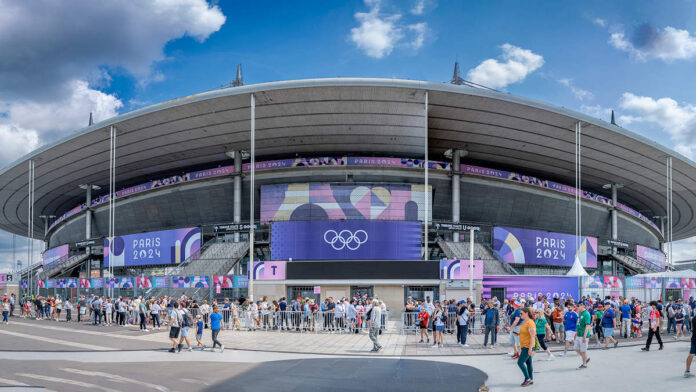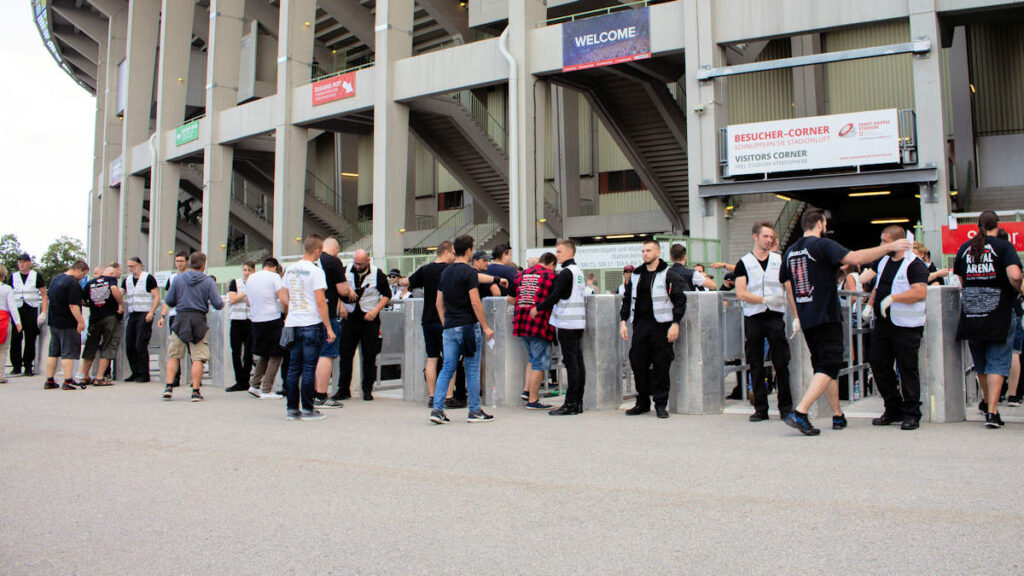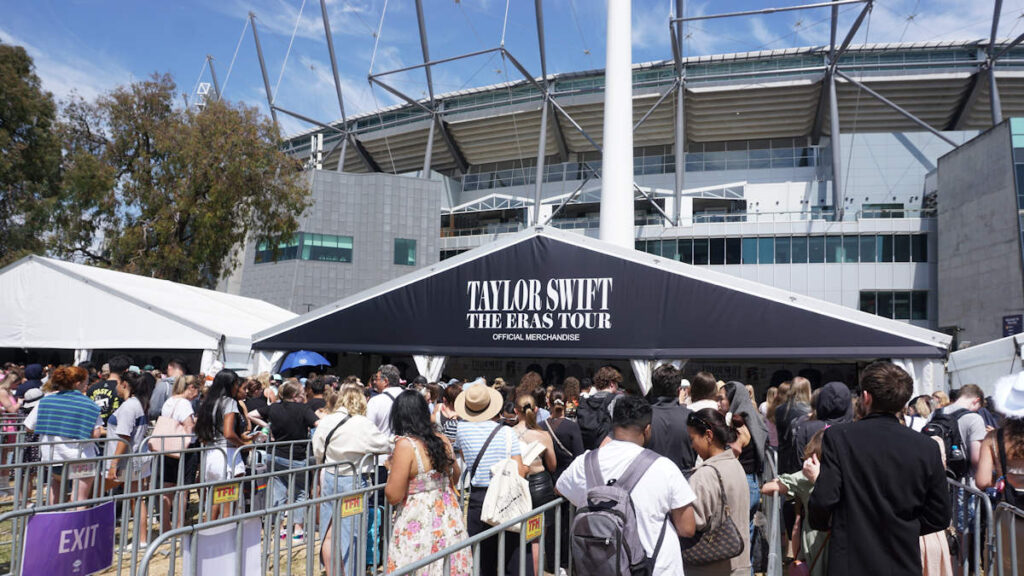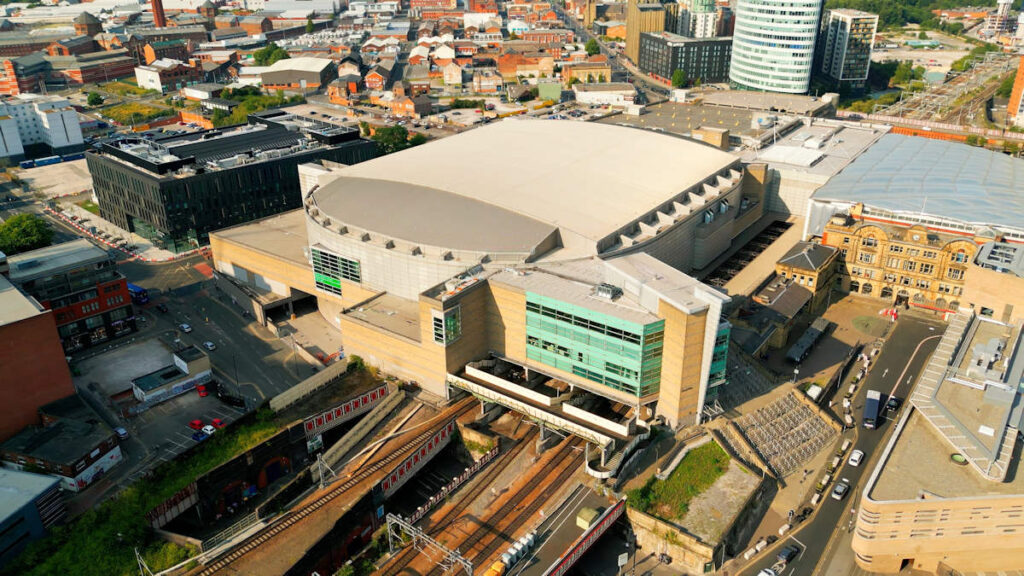Protecting Major Venues Against Terror Attacks – Is Reaction the Best Form of Action?
Protecting Major Venues Against Terror Attacks – As the security manager of a large sporting venue in Australia open to tens of thousands of members of the public, terrorist attacks and thwarted attacks against large gatherings in Austria, Paris, Belgium, Iraq, Pakistan, NZ, the UK, multiple countries in Africa, and many more, keep us awake at night.
Legacy wisdom seems to rely on fast response to an attack almost as the pinnacle of ‘proactive response’, while operationally things continue very much as they have done before. Obviously, the challenges are acute at many levels – carried bombs, firearms, edged weapons, incendiaries – it’s hard to detect these in controlled spaces, let alone on Grand Final Day. Is fast reaction the best form of action? Or could technology allow us to do more?
A: Protecting the public side of a security system is a tough ask, there’s no doubt. Consider that in Belgium, the bombers were on the public side of the airport terminal. And there are other variables. The planned attacks against concerts in Austria and elsewhere involved security officers – that asks security providers deep and challenging questions about vetting.
Simple bag checks are a big one – in Paris it was basic bag checks that thwarted 3 of the bombers at the Stade de France and saved many lives. Meanwhile, in Baghdad, a failure of checks led to the bombing of a football match. And the Stade de France incident also suggested it is better to keep attackers outside – it’s easier and safer for the public to run in all directions.
Response to terror attacks at big venues is something that needs to be planned and communicated to security staff. It’s also worthwhile informing the public – perhaps best done during quiet game days at a stadium or when they buy tickets – so that those fans in the crowd who know the drill can communicate it to those around them in the event of an incident.
A well-led security team supported by video surveillance operationally interlocked with police and other agencies, including emergency response teams is vital. If entry points can be limited, then armed police presence at entry points lends greater deterrence as well as improved ability to respond to incidents in real time.
Recent thwarted attacks on concerts in Europe highlight the adjacent importance of intelligence gathering in this case the CIA uncovered a complex plot to kill thousands of concert-goers in Vienna and elsewhere, and informed Austrian authorities.
Things like metal detection and explosives detection can also be applied randomly or in the event of suspicious behaviour. Controlling the distribution of hazardous substances and weapons in the community is another key aspect of protection that is central to, yet beyond the purview of security managers. It’s something powerful coalitions of organisations must take to government to drive legislation.
When it comes to using technology at a front line, there are new AI-powered sensing solutions that will variously detect explosives, metal weapons, flammables and more. The process of screening involves expensive hardware and software, and opponents might argue it moves vulnerable waiting crowds further back from the border of the sterile zone.
That said, we think the MCG’s new AI metal detection system is a worthy answer – it’s a very fast processing solution for weapons – so fast that it mitigates crowd build-up. There’s still vulnerability – it’s impossible to avoid it – but from the point of view of venue security operations, this solution has considerable merit that makes the cost-benefit analysis well worthwhile.
When considering these sorts terror threats, it’s difficult to avoid feeling the problem stems from the fact different groups of human beings justify, aggrandise, tolerate or sanction violence against other groups. Vociferous rejection of exhortations to violence, wherever these may be found, should be a fundamental mission of security and law enforcement professionals everywhere.
You can discover the Evolve Insights solution here or read more SEN news here.
“Protecting Major Venues Against Terror Attacks – Is Reaction the Best Form of Action?”











